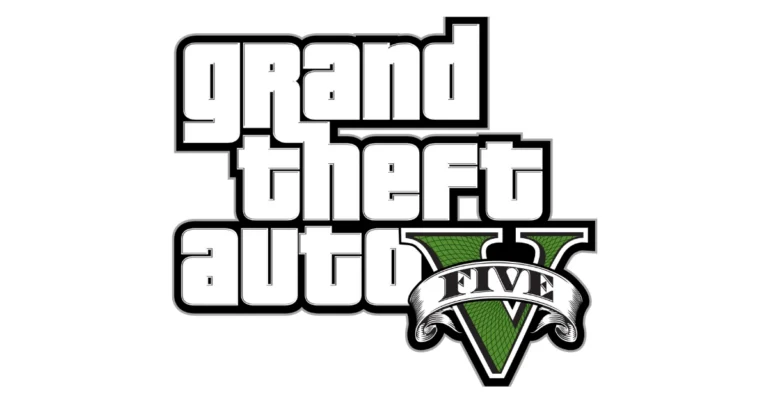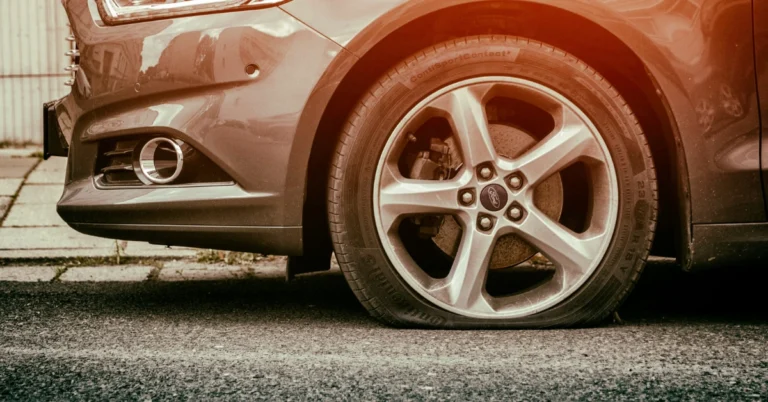Scuffs and scratches on a car can be an unsightly annoyance for any vehicle owner. Whether caused by a minor parking lot mishap or an unfortunate encounter with an obstacle, these seemingly minor damages can significantly impact the appearance of your car. Removing scuffs and scratches, however, can be accomplished with the right knowledge, techniques, and tools.
How to Remove Scuffs from Car

In this article, we will discuss various methods to remove scuffs from your car’s paintwork without causing further damage. By following these tips and using proven techniques, you’ll be able to restore your car’s appearance and maintain its resale value.
From do-it-yourself approaches to professional solutions, there are numerous ways to tackle scuffs on your vehicle. The effectiveness of each method will ultimately depend on factors such as the depth and severity of the scuff, the type of paint, and your ability to execute the task properly. So, let’s dive into some ways to help you rejuvenate your car’s paintwork and eliminate those pesky scuffs.
Assessing the Damage and Preparing for Removal
Identifying Scuff Type and Depth
Before beginning the process of removing paint scuffs, it’s essential to determine the type and depth of the damage. Paint scuffs can range from shallow abrasions to deep scratches that penetrate the clear coat and underlying paint layers.
Start by examining the affected area closely. If the scuff feels smooth or appears to have only minor surface imperfections, it’s likely a shallow abrasion. On the other hand, if the scuff feels rough or deep, it may require more advanced techniques for proper removal. Remember that attempting to remove deep scratches without professional help might cause further damage and potentially affect your car’s resale value.
Gathering Necessary Supplies
After identifying the severity of the paint scuffs, gather the basic supplies needed for a DIY removal process. The following is a list of items you’ll need for this step-by-step guide:
- Microfiber towels: These soft, non-abrasive towels are essential for cleaning and buffing the affected area without causing further scratches.
- Soapy water: A mixture of water and car wash soap helps to clean the scuffed area before starting the repair process.
- Rubbing compound: This abrasive paste is used to remove shallow scuffs and scratches on the clear coat.
- Polishing compound: A less abrasive compound, used after the rubbing compound to restore the shine and blend the treated area with the surrounding paint.
- Clay bar or clay alternative: These materials safely remove contaminants and fine particles from the paint surface.
- Clay lubricant: A liquid used to help the clay bar glide smoothly over the paint surface.
- Touch-up paint: If the scuff has penetrated the paint layers, you may need a touch-up paint to fill in the damaged area.
Equip yourself with these necessary supplies before beginning the removal process. By following a proper removal guide, you can successfully eliminate paint scuffs and restore the appearance of your car in a confident, knowledgeable, and clear manner.
Effective Techniques for Scuff Removal

Car scuffs can be an eyesore, but with the right techniques and products, you can effectively remove them. This section will provide you with different approaches to scuff removal, from DIY home remedies to professional products and tools.
DIY Home Remedies
One of the easiest ways to remove minor scuffs is by using items that are readily available in your home. Toothpaste and a microfiber cloth can work wonders on superficial marks. Gently rub the toothpaste onto the scuffed area in circular motions, then wipe clean with a damp cloth. Another home remedy for scuff removal is rubbing alcohol. Apply it to a cloth and gently rub the affected area, being careful not to damage the base paint.
Professional Products and Tools
For more severe scuffs, you may need to turn to professional products and tools. A polishing compound or rubbing compound can be used to remove paint transfer and unsightly marks. Apply the compound to the scuffed area and use a buffer or polishing pad to buff the surface. This will require a bit more time and effort, but the results are often well worth it.
A clay bar is another effective tool for removing paint transfer from car surfaces. Glide it over the area while applying a cleaning solution (like soapy water) to lift any embedded contaminants.
| DIY Home Remedies | Professional Products and Tools |
|---|---|
| – Toothpaste | – Polishing compound |
| – Microfiber cloth | – Rubbing compound |
| – Rubbing alcohol | – Buffer/Polishing pad |
| – Clay bar and cleaning solution |
Finishing Touches and Protecting Paint
Once the scuffs have been removed, it’s important to protect your car’s paint to minimize the risk of future damage. Applying a generous coat of car wax can help seal and protect your paint from further scratches. For a more long-lasting solution, consider using a ceramic coating that provides a higher level of protection against contaminants and minor scratches.
Additionally, for any small paint chips, you can use touch-up paint. Make sure it matches your car’s color and follow the manufacturer’s instructions for best results.
In summary, removing scuffs from your car can be relatively straightforward when using the right techniques and tools. From home remedies like toothpaste and rubbing alcohol to professional products such as polishing compounds and clay bars, there are various methods to handle scuffs and keep your car looking its best.
Frequently Asked Questions

What is the best method to remove scuff marks from a car bumper?
The best method to remove scuff marks from a car bumper is to use a combination of a clay bar (or synthetic clay alternative) with a buffing compound, followed by a polishing machine. This will help in removing scuff marks and paint transfer marks from the car bumper without causing any damage to the paint.
What is the safest way to remove scuff marks from car doors?
The safest way to remove scuff marks from car doors is to use a mild, pH-balanced soap and water solution. Gently rub the affected area with a microfiber cloth, and then rinse the area with clean water. If the scuff marks persist, using a commercial paint cleaner or rubbing alcohol can help. Always ensure to test the product on a small, inconspicuous area before applying it to the entire affected area.
How can I get rid of white scuff marks on my car at home?
To get rid of white scuff marks on your car at home, you can try using a combination of mild, pH-balanced soap, water, and a microfiber cloth to gently rub the affected area. If the scuff marks are stubborn, rubbing alcohol or a commercial paint cleaner can be used. Remember to test any product on a small area before applying it to the entire affected surface.
Is it safe to use a Magic Eraser to remove scuffs from car interior surfaces?
Using a Magic Eraser to remove scuffs from car interior surfaces can be safe as long as you use it cautiously and gently. Magic Erasers are abrasive, so exerting too much pressure may damage the surface, especially if it’s vinyl or leather. Always test the Magic Eraser on an inconspicuous area before applying it to the entire surface.






